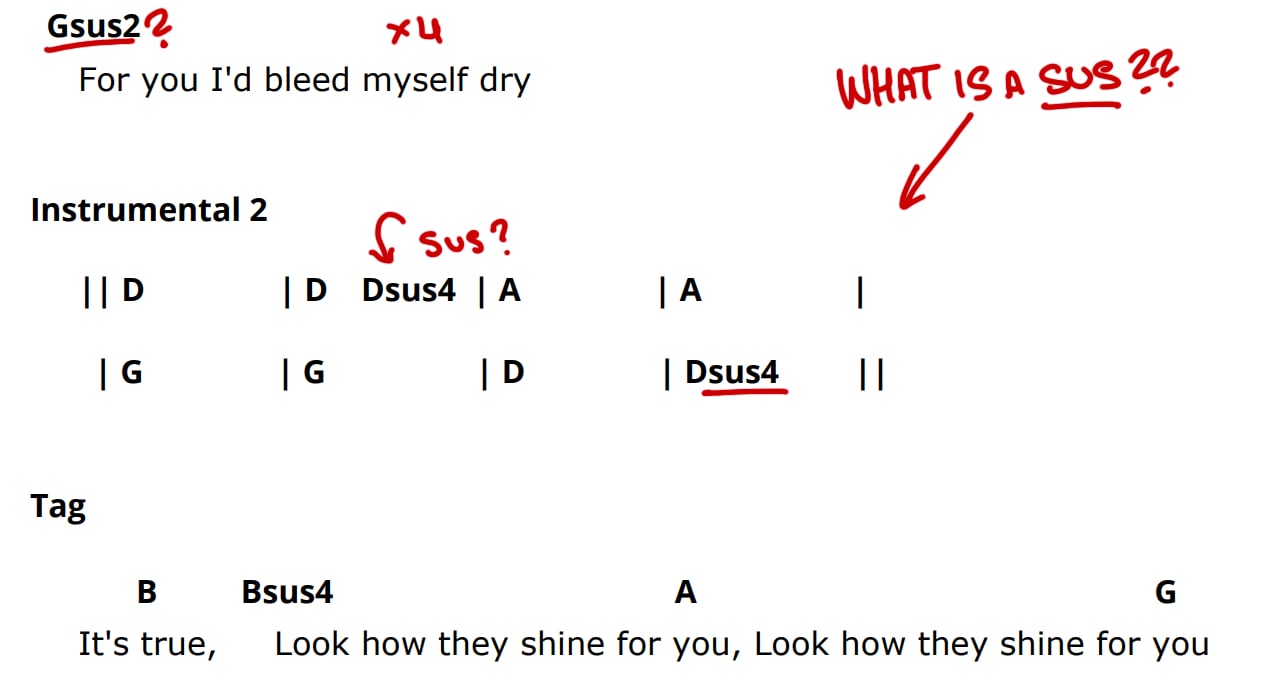Sometimes the hardest part about practicing the piano is just knowing what (and how) to practice. This lesson focuses on 3 things you should be practicing to learn a song quickly and easily.
If you follow these simple steps: you’ll improve your technique, you’re going to have fun doing it, and you will get better at playing songs on the piano! 🙌
First things first– you’ve got to know what you want to play! For example’s sake, I’ve picked out Coldplay’s “Yellow” to show off what I want to teach you, but you can choose whatever you see fit.
If you’re excited to learn “Yellow”, then we’ve already got the chord chart for you here! ⬅️⬅️⬅️
And to learn something new, what you’re going to want to know is the chords of the song.
Just type it into Google:
🔥🎹 Hot Tip! There are countless resources for chord charts on the internet, and you can use guitar chord charts in the same way you would one written for the piano.
Alright, now let’s get started:
First things first: let’s get to know the chords!
To simplify things as a beginner, all you’ve got to keep in mind is the root position of the chord. If you’re not familiar or confident with more advanced chording techniques, then disregard any intimidating ’sus’ chords or those dreamy ‘7ths’ for now.
If you see something like a “Dsus4”, you can choose to play the simpler ‘D’ chord. We’ll touch base on ‘sus’ chords in step 3.

Once you’re comfortable with the basic chords, you can work on their inversions.
Inversions are the same notes you would play in the root position of a chord, just in a different order.
🔥🎹 Hot Tip! Take a moment with each chord in your song to practice its inversions. Inversions allow you to play chords easier by reducing the space between reaches and jumps. Check out our free pack on “Chord Hacks” to boost your chording knowledge!
One of the most common struggles I hear time and time again as a piano teacher is that of the left hand. All it really needs is a little more time and attention though.
So take some time to practice those left hand patterns! This is going to build dexterity and confidence in your playing, plus it’s going to give you something amazing that you can use when you are building accompaniments to your songs. 🤩
One of my favorite patterns simply uses the root note, the fifth, and an octave.
Don’t be afraid to get creative– try out different rhythms and rearrange the order of things… you’ll be amazed at the depth of sound you’re able to create!!
I’ve got some fun options for you to follow along with on the video.
🔥🎹 Hot Tip! If you’re looking to take your left hand technique to the next level, check out our awesome pack on ‘De-Stupefying Your Left Hand”.
Fills are going to take your piano playing to the next level.
There’s a lot you can build off of when you’re playing the chords of a song, and we have some in-depth lessons to get you playing like a pro– but for now, we’re just going to focus on a few quick tips you can use to add some extra interest to you playing.
Alternating between your main triads and different ‘sus’ chords allows you to create powerful changes to your playing just by moving one finger.
You can learn more about ‘sus’ chords here.
Once you’ve spent some time getting to know these substitutions you can try rolling your finger through them to ramp up to your main chords, or walking back down to bring some interesting rhythms to your playing.
🔥🎹 Hot Tip! You can get the full rundown and learn all kinds of fancy fingerwork to make you sounds like a pro with our special pack: Riffs & Fills.
Practice these 3 things and I can guarantee you are going to get better at playing piano and learning to play the songs you love. The important part is going to be to utilize all 3 in a way that builds on your knowledge, improves your technique, and gets you excited about the time you spend at the piano!
Remember to take your time, and to be patient with yourself. Start slow on a new song and work through it step-by-step, gradually ramping up speed and complexity as you go.
it won’t be long before you look at the stars, and how they shine for you, and all the things you do…
Happy practicing!
Lisa Witt has been teaching piano for more than 20 years and in that time has helped hundreds of students learn to play the songs they love. Lisa received classical piano training through the Royal Conservatory of Music, but she has since embraced popular music and playing by ear in order to accompany herself and others. Learn more about Lisa.
/marketing/pianote/promos/april/banner-bg-m.webp)
We use cookies for traffic data and advertising. Cookie Policy »
/marketing/pianote/promos/april/banner-title.webp)